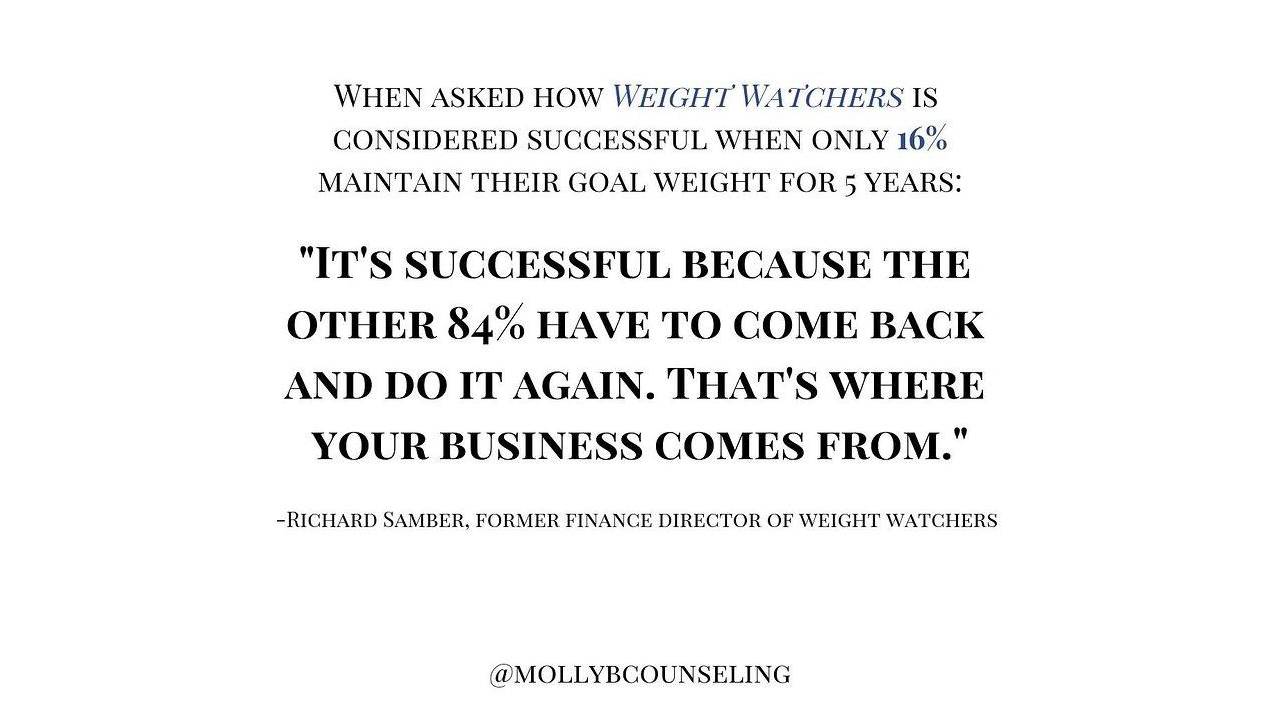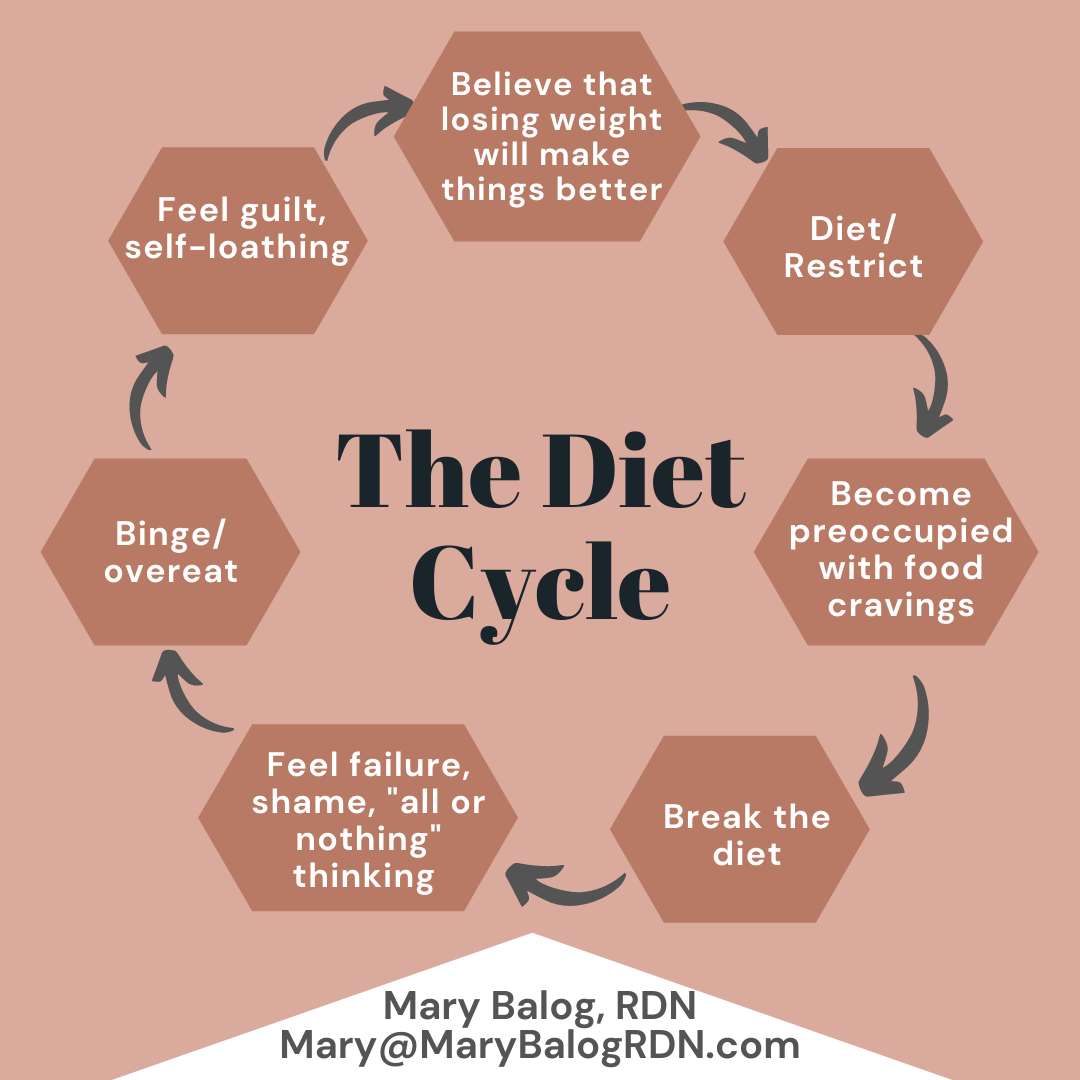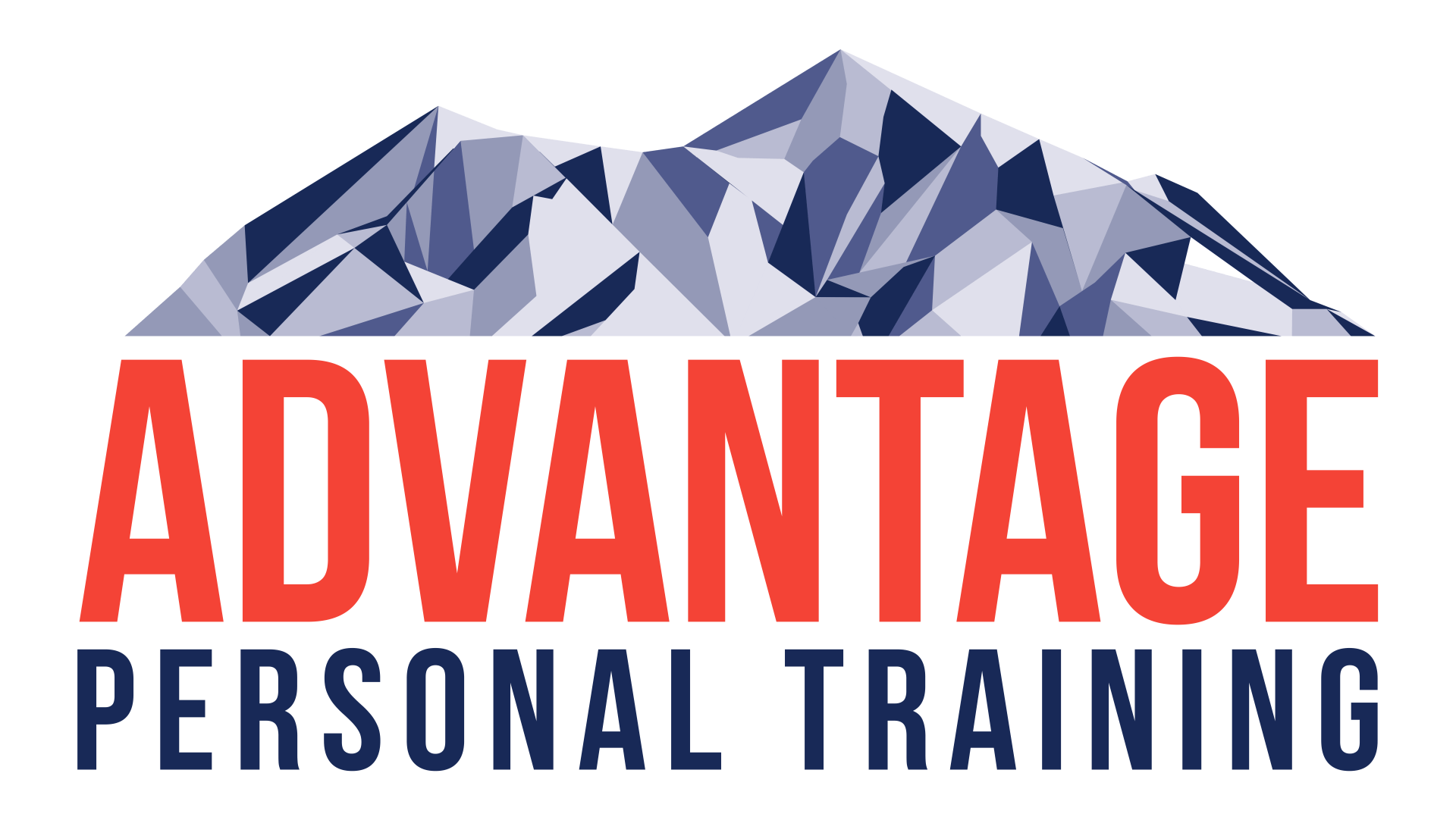Therapy Thursday: Reasoning through exercise selection when you overall flexion is limited.
It’s not a secret that I love the deadlift. I do it with many people and I do it for multiple reasons. When I look at my assessment, I decide what variation or if someone should be deadlifting at all based upon multiple factors. One of them is the multi-segmental flexion(MSF) top tier test. We’ve been talking about this test for the past three weeks now so we should be familiar with the video. If not, here you go.
In the Multi-segmental flexion test, we are looking for the following things:
- Posterior weighttps://www.youtube.com/watch?v=h0diB1wq0Jcht shift
- TL junction over the toes
- Segmental flexion of the spine
- Sacral angle of at least 70 degrees
- Ability to touch toes
In the grand scheme, Austin looks okay here except for the touching of his toes. This is an older video and he is able to touch his toes without much effort at this point.
In the Functional Movement Screen, I’d look at the Active Straight Leg Raise, which is part of the MSF breakouts.
If someone is unable to complete these tasks, I have to ask myself if they’re really okay to do the deadlift or a deadlift type exercise. My thought process goes like this:
If you don’t have a posterior weight shift, you are not ready to deadlift and/or TL junction over your toes I am going to have a hard time unleashing you with a hip hinge pattern. The reason being that without the posterior weight shift, we are going to load your spine wayyyy to much and not allow your glutes and hamstrings to accept the load. In the dead lift or any other bilateral or unilateral version of the exercise if you can’t load your glutes and hamstrings then you’re much more likely to end up with back pain. Good for my business of being a therapist but not good for my business of helping you out. So let’s not go there. However, if we need to get you a strength based exercise with maximum glute output, we’re going with the hip thruster which has shown to have very good gluteal muscle activation and carries over the power activities as well or better than squats.
This excerpt was taken from Bret Contreras’ Blog when comparing squats and hip thrusts. Bret is well known for the hip thruster exercise as a better hypertrophy exercise when comparing them to squats and deadlifts and this is some conclusions from his most recent study.
Quick Summary:
- Squats and hip thrusts both lead to improvements in squat strength, hip thrust strength, horizontal pushing force, and upper and lower gluteus maximus hypertrophy
- Squats are better suited at increasing squat strength, at least in this experiment
- Hip thrusts are better suited at increasing hip thrust strength, maximum horizontal pushing force, and upper and lower gluteus maximus hypertrophy, at least in this experiment
- Squats grew the upper glutes by 20% and lower glutes by 21% over the 6-week period
- Hip thrusts grew the upper glutes by 28% and lower glutes by 28% over the 6-week period
- Squats increased maximum horizontal pushing force by 20%, hip thrusts increased maximum horizontal pushing force by 32%.
Next, if you are able to posterior weight shift but you aren’t able to touch your toes, but you have a full active or passive straight leg raise, we can easily build you up to the deadlift pretty quickly. I have a several options and this list is likely not inclusive of everything you could possibly do. We could foam roll first but I’d likely start out with some breathing and eccentric leg lowering followed by a retest of your MSF task. Next, we would use a half kneeling sequence for weight bearing hip and core stability then some PVC Pipe hip hinge work. Again, we could retest and see where you are at. From there, I really like the rack pull or pulling from boxes in order to begin training a deadlift with less overall range of motion.
We can also use the hip thruster as a strength and hypertrophy mechanism to aid the deadlift. I like the deadlift for sport as it puts you in similar positions as you may be on the field or on the ice or in your next WOD.
The SFMA is a guide for me in helping you pick the exercises that fit your body the best. If there are physical limitations, the goal is not to force you into the motion hoping you don’t hurt yourself. The goal is to correct the physical limitations and then help you learn through the movement pattern. This is one example how I may use one of the top tier tests that we’ve recently discussed as a barometer for whether or not an exercise is appropriate for you.
If you have questions as to whether your exercise selection is good of if you think you’d like some help putting together a program, get in touch with me and we can discuss the best plan of attack for your. If you have more of a physical limitation, we can take care of that for you as well. Shoot me an email and let’s get this thing figured out for you.
Greg




Advantage Personal Training is an Ann Arbor based Family Oriented Gym, focusing on the training needs of individuals, small groups and youth athletes. Meet with a results-oriented personal trainer and put yourself on the path to a more active life!
SERVICES
CONTACT INFORMATION
Hours of Operation
Mon to Fri: 6:00 AM - 8:30 PM
Sat: 8:30 AM - 12:30 PM
Sun: CLOSED
All Rights Reserved | Advantage Personal Training

